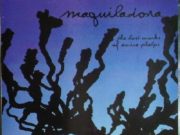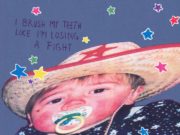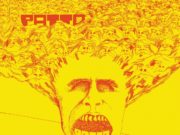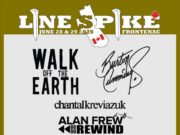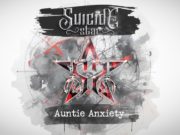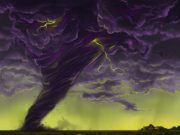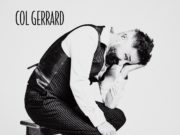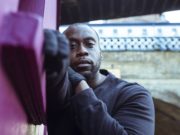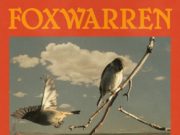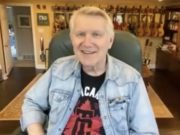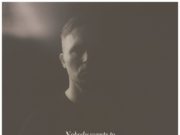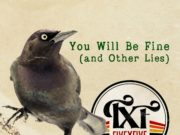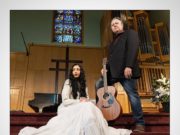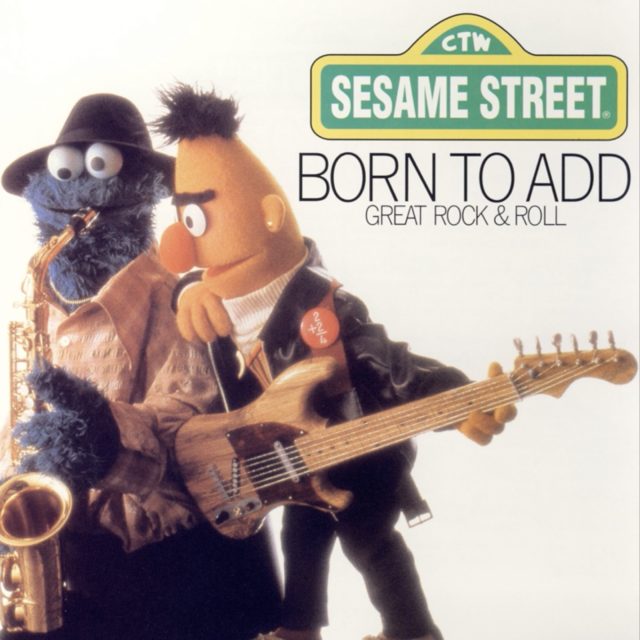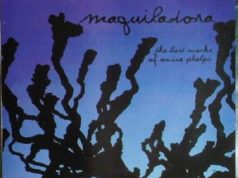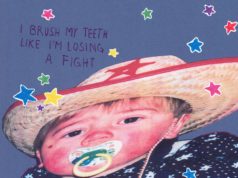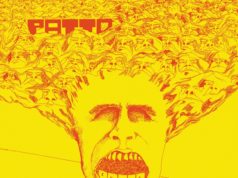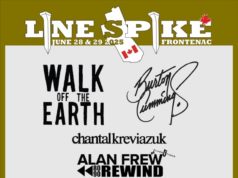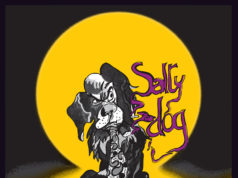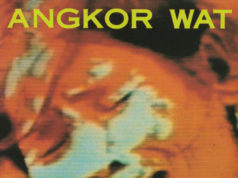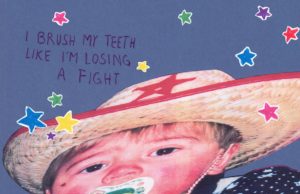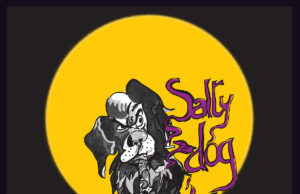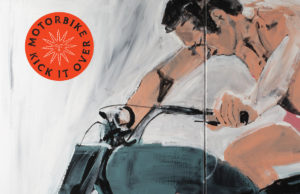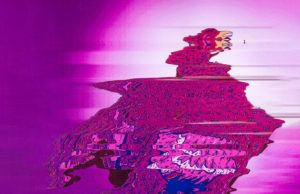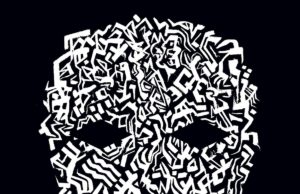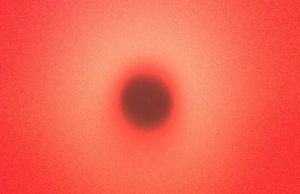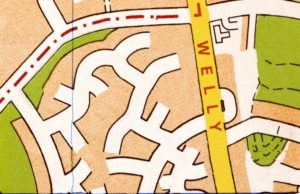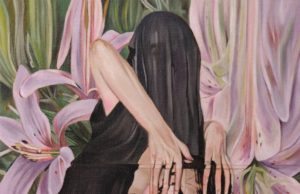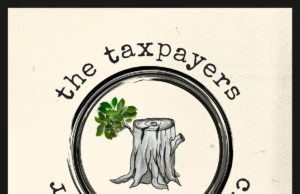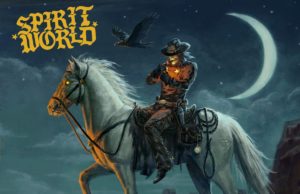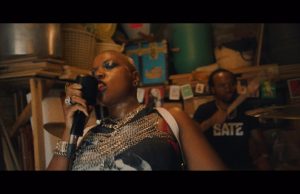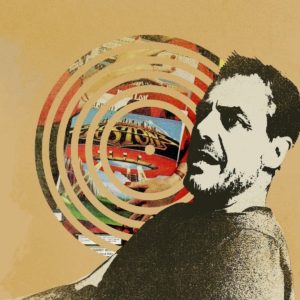 Many of us grew up with Sesame Street. One of the big components of the show has always been music — and I think the stuff from my childhood was the best era. That said, the monsters, Ernie & Bert, some Muppets and Big Bird appeared on NPR’s Tiny Desk Concert in 2019.
Many of us grew up with Sesame Street. One of the big components of the show has always been music — and I think the stuff from my childhood was the best era. That said, the monsters, Ernie & Bert, some Muppets and Big Bird appeared on NPR’s Tiny Desk Concert in 2019.
I got to thinking about this after recently being given a few boxes of unwanted vinyl records. Among the predominantly prog-pop and female-led new wave records were a handful of Sesame Street albums, and even one from The Electric Company, the sister series which was also produced by Children’s Television Workshop.
CTW (known as Sesame Workshop since 2000) was started in the United States in 1968 after Joan Ganz Cooney and Lloyd Morrisett spent two years researching the idea of creating a preschool program aimed at low-income urban families. Sesame Street went on the air in 1969 on NET (National Educational Television) — the precursor to PBS, which it became in 1970. In 1971, CTW started producing The Electric Company as well, which was designed to be for kids who had outgrown Sesame Street. It was basically sketch comedy — an educational Laugh-In for kids developing reading skills. To that end, one of the characters was Easy Reader — portrayed by none other than Morgan Freeman, who has the best song on the 1972 album I have.
This is all from before I was born. The Electric Company was cancelled in 1977, predominantly because it wasn’t profitable like Sesame Street, which had popular Muppet characters which they licensed for commercial use. Also a huge fan of The Muppet Show, I was a dedicated Sesame Street viewer from around 1976 to 1983 when I turned 10 and my family got one of those huge satellite dishes. We lived on an island outside town and didn’t have cable. Suddenly we went from four snowy channels to more than 200 crystal-clear ones. I could finally watch the shows all my friends were watching in town… and then some. (Hello, Spice channel.)
This 1976-1983 period of Sesame Street sure had some incredible music. One major reason for this was it was potentially lucrative. CTW offered songwriters the opportunity to retain the rights to the songs they wrote. This way, the show got top-shelf songwriters who were motivated to write hits. And that they did — over the course of 50 years, nearly 200 Sesame Street albums were released, with 11 Grammy awards to their credit.
My sister used to have a copy of the 1978 concept album Sesame Street Fever, which tied in to the popularity of disco and, in particular, the 1977 John Travolta film Saturday Night Fever. The original soundtrack was mostly a vehicle for The Bee Gees, who appeared on the cover over a photo of Travolta on the lit-up dancefloor. The Sesame Street Fever album is almost identical except with Grover in place of Travolta and Ernie, Bert and Cookie Monster subbing in for the brothers Gibb.
Even after the album, the show still wasn’t done with Saturday Night Fever. In 1979 they parodied the movie’s opening sequence, which featured Travolta walking down the sidewalk, swinging a can of paint and seemingly right in step with Stayin’ Alive by The Bee Gees. The Sesame Street parody features David (Northern Calloway) walking up the sidewalk with two cans of paint so he can freshen up Mr. Hooper’s store. The music has a beat and bassline very reminiscent of Stayin’ Alive — which turns out instead to be a song called Street Fever.
Sesame Street’s first music director was Joe Raposo, who served in that role until 1974. After he left, he composed the themes for both Three’s Company and The Ropers, as well as a bunch of Dr. Seuss cartoons. Raposo returned to Sesame Street in the 1980s and continued contributing to the show until his death in 1989. You know his songs — the Sesame Street theme song (Can You Tell Me How To Get To Sesame Street?), Bein’ Green, C is For Cookie, Doin’ The Pigeon, Has Anybody Seen My Dog?, and Sing, which was also a No. 3 hit for The Carpenters.
Raposo had a secret talent for funky grooves as well. Maybe the coolest music from the show was its closing theme — sometimes known as Funky Bells — which he also wrote.
I recently wrote about the famous Mrs. Mills piano at Abbey Road Studios. Raposo often pursued a similar sound — and had the CTW pianos specifically tuned to mimic player pianos or tack pianos. Just think of the opening bars of the Sesame Street theme. Bein’ Green is arguably his best-known song — helped by the fact that even Frank Sinatra covered it.
Raposo also appeared on the show. He did voiceovers for some of the animated segments and voiced a few of the less-common Muppets. One of my favourite characters — Don Music, the composer who would bash his head into the keyboard repeatedly — had a framed photo of Raposo on the wall as an inside joke.
One of Raposo’s songwriters was Christopher Cerf — whose father was popular 1950s and ’60s wit Bennett Cerf, a frequent game show contestant who even penned a bunch of riddle books I had as a kid. Christopher wrote around 200 songs for Sesame Street — including the brilliant Letter B (by The Beetles). His songs have been covered by loads of artists you’re probably familiar with, including Soul Asylum, R.E.M., Paul Simon, Johnny Cash, Ray Charles, The Chicks, B.B. King, Tracy Chapman and many more.
Someone who started at the beginning with Raposo was Sesame Street’s head writer Jeff Moss. (Both men died in their 50s of cancer). Moss came to the job after a stint learning the ropes as a production assistant on Captain Kangaroo. He not only was the lead writer, winning 14 Emmy awards, but he also composed some of the show’s most famous songs, like I Love Trash, People In Your Neighbourhood and Rubber Duckie — which was a mainstream Billboard hit in 1970. While Raposo wrote C Is For Cookie, the Cookie Monster character itself was created by Moss — based on a blend of Jim Henson’s Wheels cereal-eating monster and Raposo’s legendary fondness for cookies.
Moss worked with Henson writing music and lyrics for the 1984 film The Muppets Take Manhattan, and was nominated for an Oscar (no pun intended). Moss also wrote several children’s books.
One of the most famous and distinctively Sesame Street songs was at its peak during my childhood — the Pinball Number Count song and animation. Debuting in 1977, there were 11 different versions of it, each featuring a different number from 2 to 12 (they never made one for number 1 — the loneliest number). The song was written by Walt Kraemer (his most successful composition by far) and sung by The Pointer Sisters during a 1976 studio session the same year they did Car Wash.
What about Mahna Mahna? Well, the song isn’t a Sesame Street original — but that is where it was first performed. The song (actually titled Mah Na Mah Na) was written by Italian composer Piero Umiliani for a sexually exploitive 1968 Swedish pseudo documentary called Svezia, Inferno e Paradiso (Sweden, Heaven and Hell). These types of movies were common and referred to as “mondo films.” It’s used as the soundtrack as a group of young women share a sauna.
The Muppets’ version is decidedly more well known. Henson used the song as the first performance on the first episode of The Muppet Show in 1976. By this time it was already pretty popular, having been performed in 1969 on The Ed Sullivan Show, and on The Dick Cavett Show, Pure Goldie (as in Hawn) and This Is Tom Jones in 1971. But the first ever performance of Mahna Mahna was on episode 14 of Sesame Street — three days before the Sullivan appearance. This version features singing by the character Bip Bippadotta, who would later perform lots of songs on Sesame Street. He’s joined by two girl Muppets, rather than the “Snowths” used on The Muppet Show. The girls sing the part differently as well — “pa tee, pa tee pee” instead of “do doo, do doo doo.”
This original version was performed by Henson himself with Frank Oz (Miss Piggy, Fozzie Bear, Animal, Cookie Monster) with Loretta Long, who portrayed Susan on Sesame Street.
Some of the animated bits in the show, back in the ’70s, had great instrumental music as well. Loads of people have sharp, fond memories of the classic 1972 animated segment called I Can Remember. That’s the one where the little girl is instructed by her mom to go to the store for a loaf of bread, a container of milk and a stick of butter. It was created by illustrator Jim Simon — but do you remember the music? I have no idea who wrote or performed it, but the music is a very funky jazz piece with a hot flute.
Another 1972 winner is the animated bit where a woman’s car won’t start, so she gets out and puts an “r” under the hood. A killer bit of unknown funk music plays throughout.
Finally, there have been some pretty big musical guests on Sesame Street over the years. Buffy Sainte-Marie was practically part of the cast. The singer-songwriter played herself as a recurring character from 1975 until 1983. In 2008, another Canadian — Leslie Feist — performed an adapted version of her hit 1,2,3,4 with monsters, chickens, penguins and sheep.
Dave Grohl has kicked out the jams with Big Bird and Elmo, R.E.M. sang Happy Furry Monsters on the show back in 1999, and there have been songs with Stevie Wonder, B.B. King, Ray Charles, Johnny Cash, Billy Joel, Destiny’s Child, Little Richard, Alicia Keys and plenty more.
But ask yourself — how many of them are bigger stars than Elmo? (who incidentally wasn’t on the show much when I was a kid, first appearing in 1980 and not permanently until 1985.) For example, on YouTube, Feist’s Sesame Street 1,2,3,4 with Elmo has more than 976 million views. The video for the actual studio track posted by Arts & Crafts only has 981K views.
Memory lane (street) awaits:
• • •
Area Resident is an Ottawa-based journalist, recording artist, music collector and re-seller. Hear (and buy) his music on Bandcamp, email him HERE, follow him on Instagram and check him out on Discogs.


